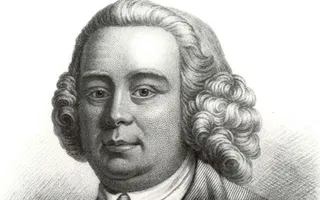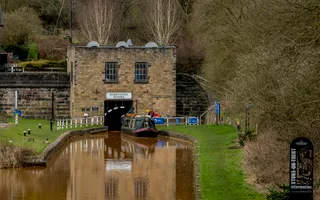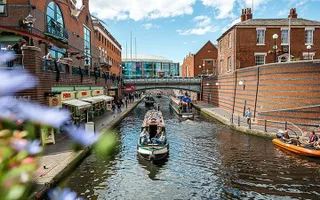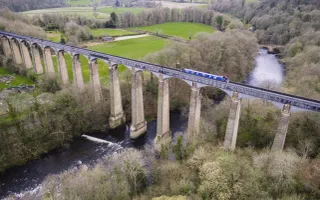Brindley was part of what the English Heritage Book of Canals calls the ‘pioneering' phase of canal construction. He cut his teeth working with watermills in Derbyshire and had a practical and empirical approach to his work.
The birth of the Canal Age
He worked on the building of the Bridgewater Canal, which was regarded as the first modern British canal, and which triggered an explosion of canal-building. In a sense, Brindley created a template for the narrow canal system when he chose to build narrow locks on the Trent & Mersey Canal.
Brindley pioneered many of the engineering features that became common on Britain's canals. Some of his prototype bridge designs, in brick and stone, have a homely charm about them. Others reflect the Georgian craftsman's love of silhouettes and flowing lines.
Other canals built by Brindley include the Staffordshire & Worcestershire Canal, the Coventry Canal and the Oxford Canal. He was responsible for such ambitious structures as Barton Aqueduct on the Bridgwater Canal and the 3000 yard Harecastle Tunnel on the Trent & Mersey Canal.






